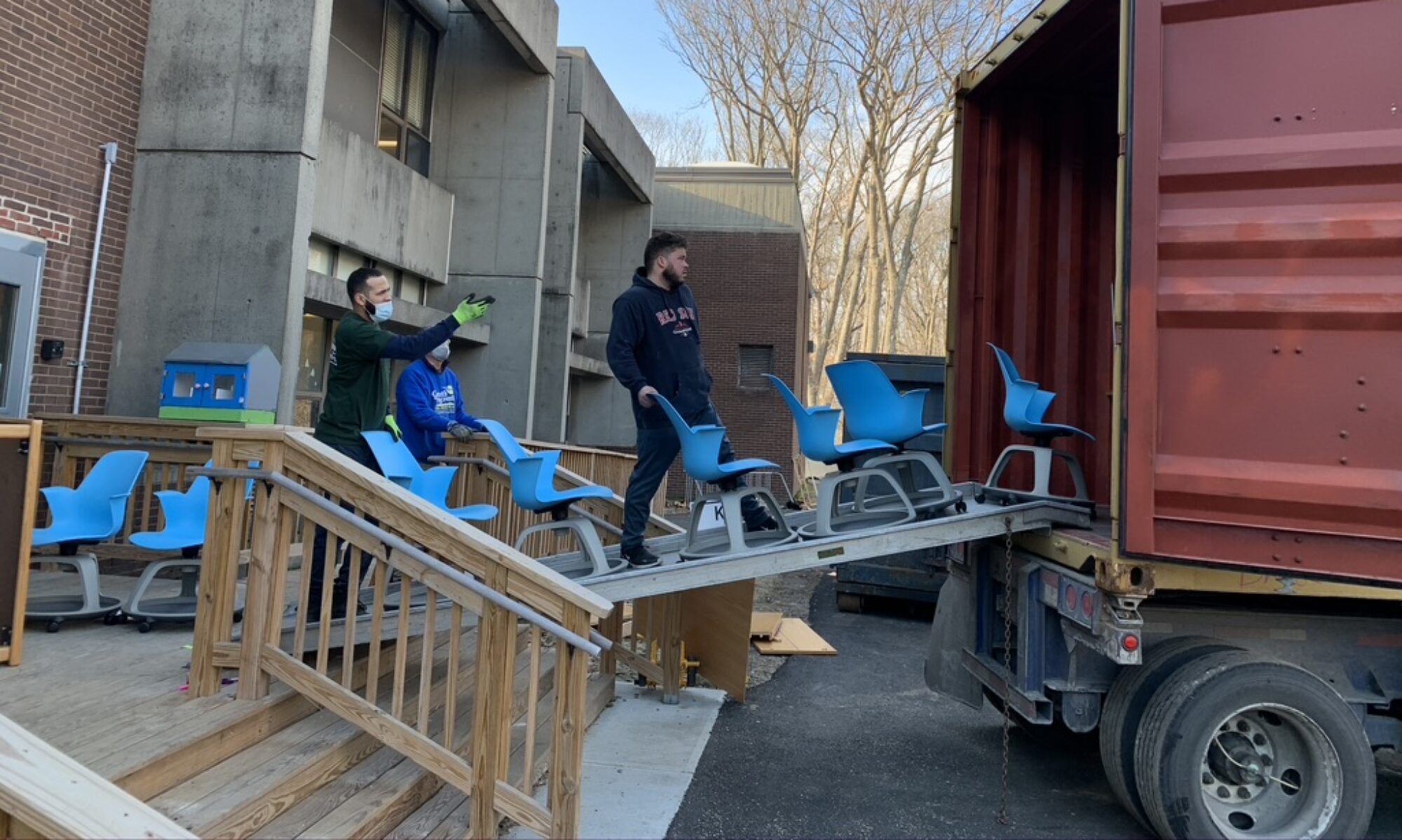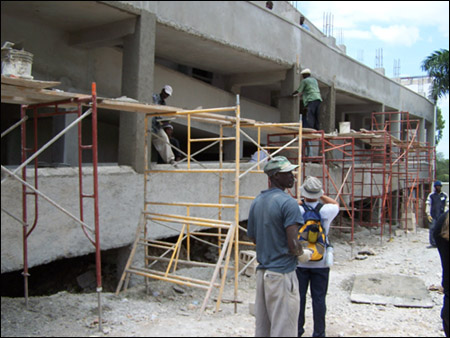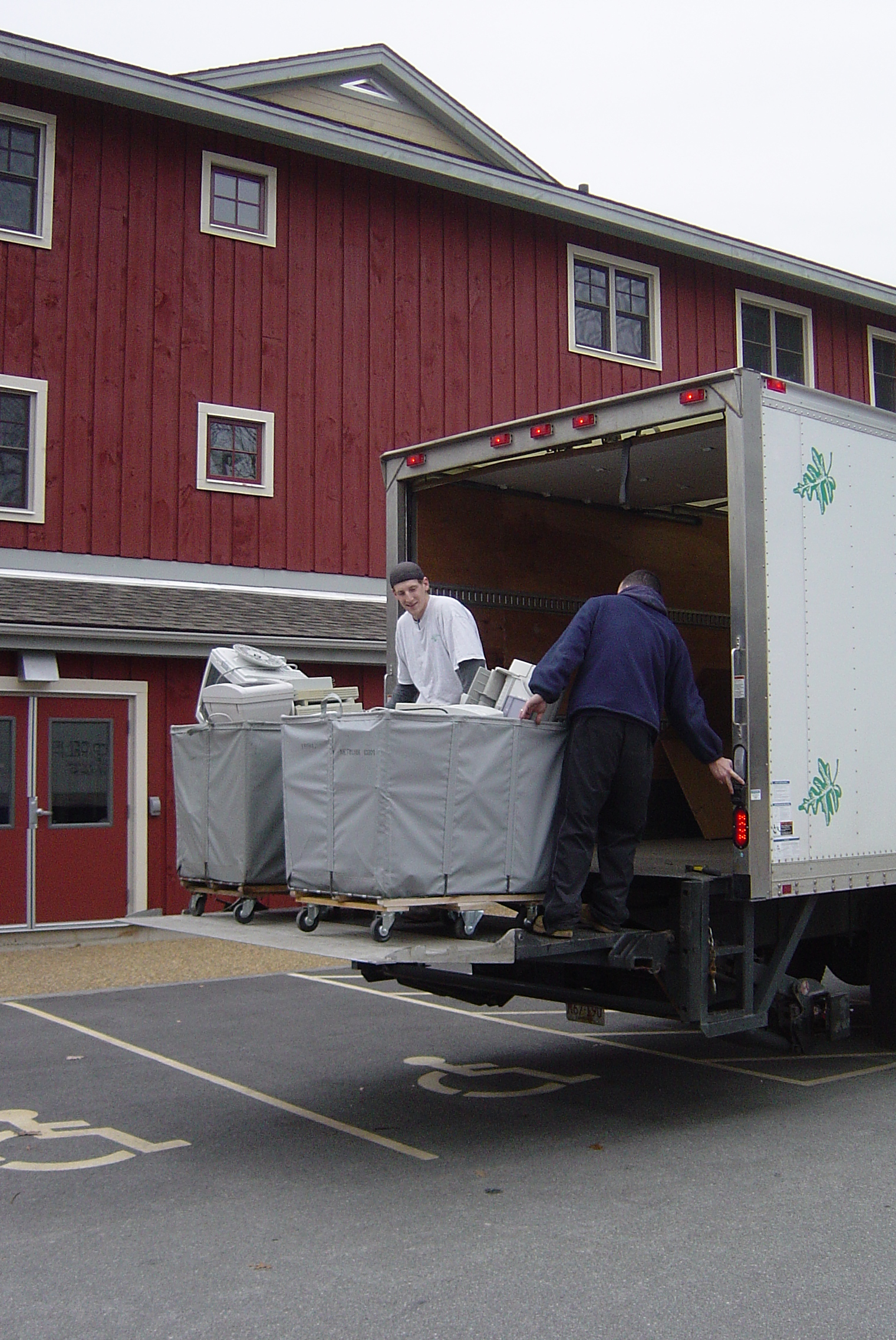Yes, the oil spill in the Gulf is a really bad thing, but I wish they taught statistics in high school.
Because statistics tell you that is was just a matter of time until we had a catastrophic spill in the Gulf. There are thousands and thousands of oil and gas wells in the Gulf, each one with a very small probability of failing. BP and Deepwater Horizon drew the short straw.
It’s particularly disheartening to hear the blame being piled on BP. As if, yeah, BP would cut corners so it could drive its share price down by half. And secretly plot months if not years of public relations nightmare. And cunningly position itself to pile up tens of billions of dollars in liabilities that will stretch on for decades. Check for the insider trading; I’m sure the top dogs at BP have been shorting their own stock.
Statistics said that if you keep drilling in the Gulf, eventually you’d have a catastrophic spill. The problem is the drilling in the Gulf.
The problem is the succession of “leaders” in Washington and Concord and 49 other state capitals who have failed to devise sensible energy policy in nearly four decades since the first oil crisis.
The problem is nationwide fuel economy that hasn’t improved in 20 years.
The problem is policies that encourage and manufacturers who push and consumers who buy SUVs and pickup trucks that they don’t need.
The problem is policies that promote cars and trucks and airplanes over other ways to move people and products. (For example, policies that say gas taxes can be used for roads and nothing else, or policies that say our most urgent transportation priority is to build 20 miles of eight-lane highway so more cars and trucks can travel easier. Those would be New Hampshire policies.)
The problem is every state that decides not to use local resources to produce electricity, but to rely instead on oil and coal and gas that are produced far away, in places like the Gulf.
The problem is every family that buys, heats, and air conditions a 5,000 square-foot home.
The problem is every new house that’s built without solar panels on the roof.
The problem is every person who decides that the way to enjoy a lake or pond or ocean is to drive a motorboat, or the way to enjoy winter is to drive a snowmobile, or the way to enjoy the woods is to drive a four-wheeler.
The problem is every company that opens an office accessible only by car.
The problem is every local planning board that has allowed or continues to allow development of strip malls and big boxes and suburban corporate campuses, promoting sprawl over cluster.
The problem isn’t the driller. It’s the well, because statistics said eventually a well was going to fail. And there’s plenty of blame to spread around for the well. Almost all of it is right in the mirror.



